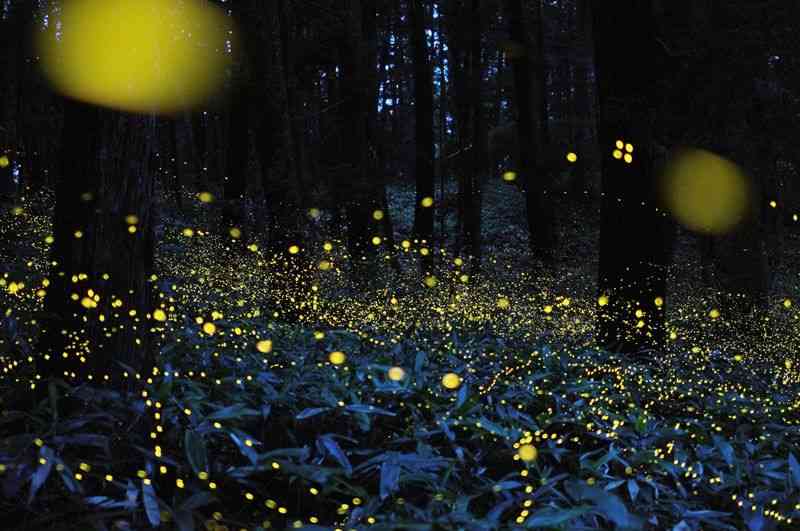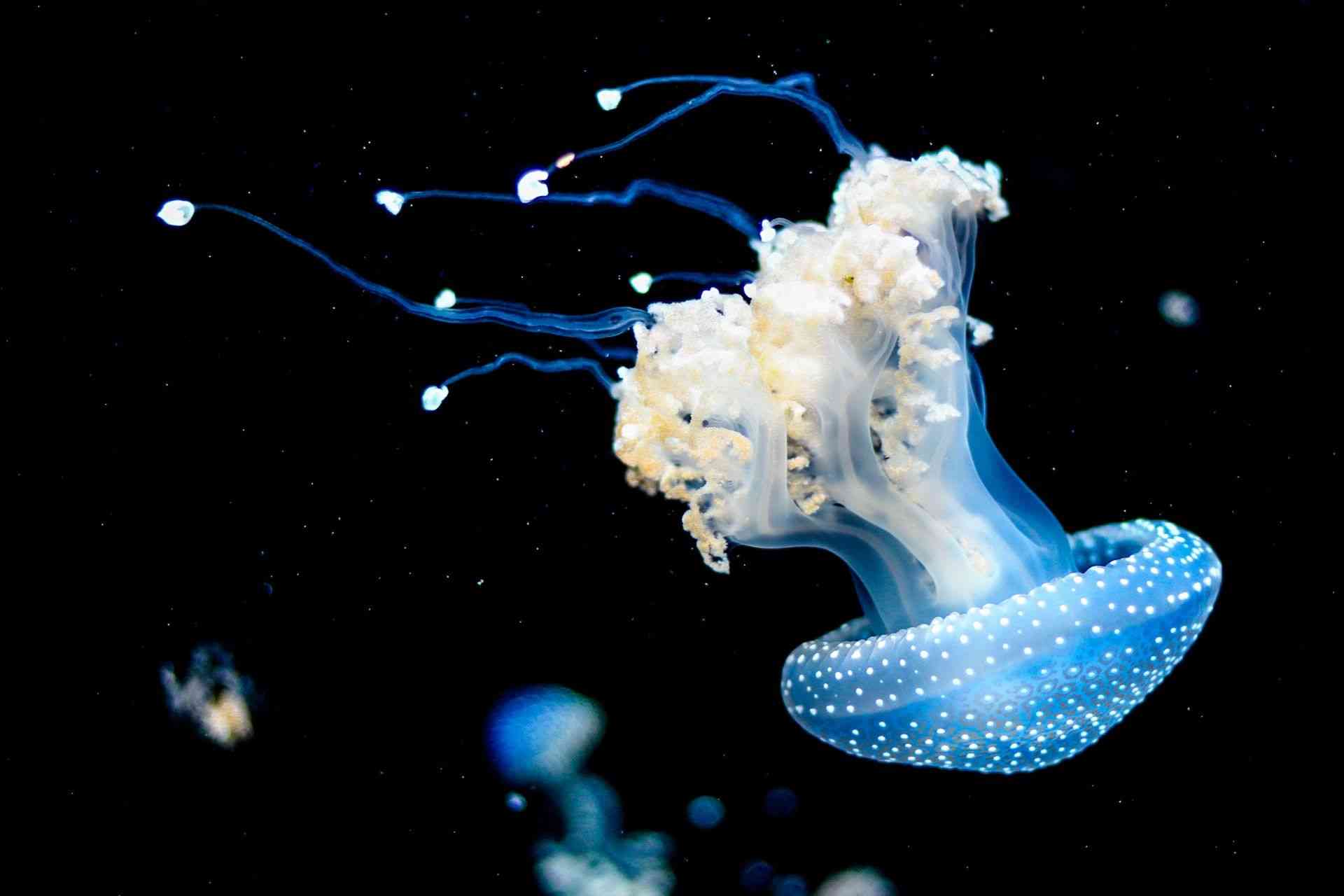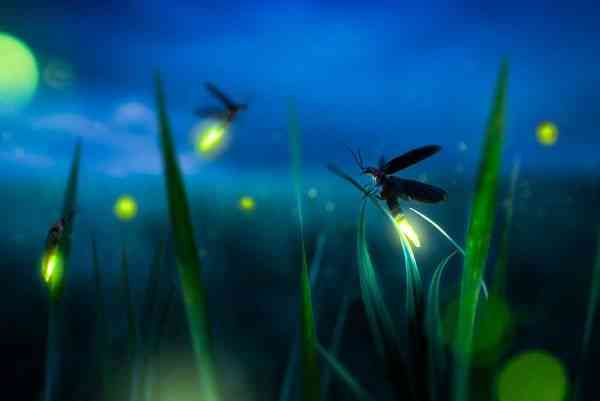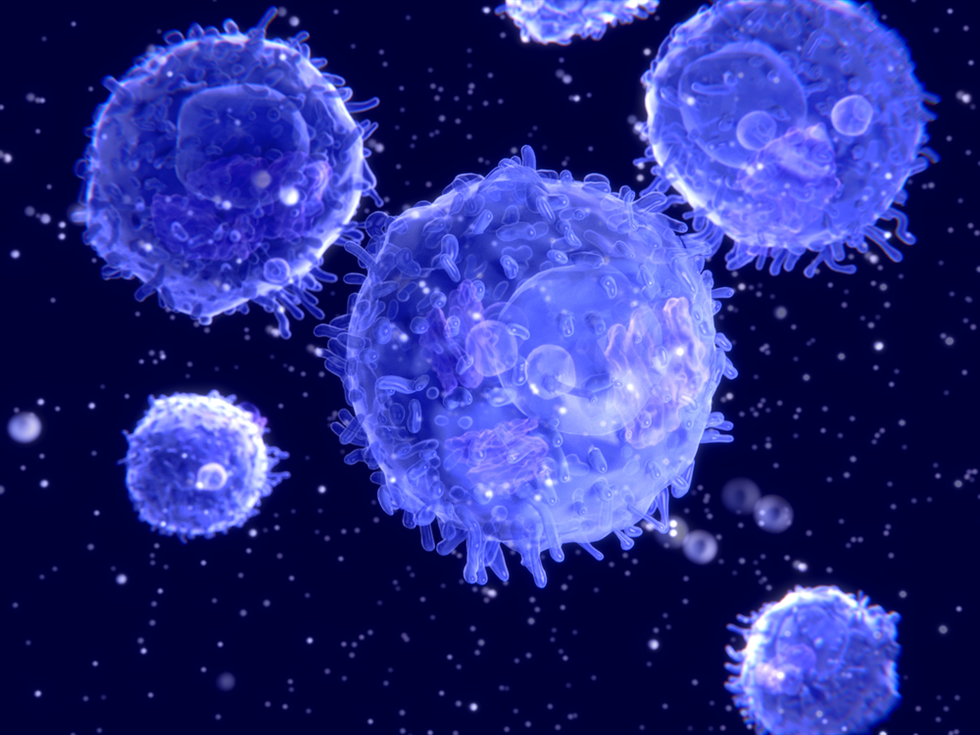Remember the joyous moment of playing and chasing with the fireflies during summer at night? Just as stars flicker in the night sky, this mysterious little insect also flickers on the earth’s chest during summer. It seems that the stars of the night sky have come down on the open field. Fireflies have a lifespan of only 1 to 3 weeks. In other words, they can light up the earth for only three weeks. The firefly is a mysterious creature. There are many living things at the bottom of the ocean that can light up. But we see just fireflies light up on the ground. And this raises various questions around it.
Where did they get this light? How does that light shine? Light means heat; how does a firefly tolerate that heat? Or, why don't the fireflies turn to ashes when the lights keep flashing? Basically, at night, fireflies do not wander around to give us pleasure by twinkling lights. Then why?
We will get all these exciting answers through this article. So let’s move on.

Fireflies produce a chemical reaction inside their bodies, which lets them light up. Moreover, this kind of light production is called bioluminescence. There is a thing like a box light on the back of the firefly's body. It contains two types of chemicals: Luciferase and Luciferin. These are organic compounds. Luciferase mainly produces light. Furthermore, this light is produced when air rushes into a firefly’s abdomenwhen oxygen combines with calcium, ATP, and the chemical luciferin in the presence of luciferase. Generally, a firefly controls the whole reaction from the beginning to the end. The light organ lights up until the oxygen is available. [1]
When light is generated from an object, heat is also generated. Ninety percent of the electricity consumed by ordinary electric bulbs is spent on heat generation. The light comes from the remaining ten. Unlike a light bulb which produces much heat, firefly’s light is sometimes called “cold light” because of generating so little amount of heat. Fireflies would not be able to survive if too much heat was generated.
Want to learn the nitty gritty details behind Bioluminescence? Check the article below:

Luciferase's job is to use the food energy of fireflies to generate light and heat. Luciferin cools the heat generated and turns them into the light. Luciferin also does the work of scattering the generated light. So fireflies are the best light-producing animals on earth.

Fireflies do not light up to see the way in the dark. The light of the firefly is his language. Insects exchange their thoughts through various means. Tho, the firefly's light does not burn continuously. It flickers by off and on, which means to be a signal sign. Male fireflies light up as they fly. Moreover, that is how they send the signal for mates and willing females to attract males with flashes of their own.[2] The female fireflies from on the bushes or the grass respond signals. The signals of male fireflies are caught in their brains. Every firefly's signal type is different. And then they participate in mating. Several studies show that female fireflies choose to depend upon specific male flash pattern characteristics.
Consider supporting the author by donating here
Also, fireflies produce defensive steroids in their bodies so that predators feel them unpalatable. And the light of the fireflies protects them from their predators. This is because insectivorous animals stay away from light most of the time. According to researchers, fireflies emit such light primarily to participate in mating and to protect themselves against predators. So, next time you see any firefly, keep in mind that they are not flickering just a wonder of the night; instead, that’s a unique love language.
Bottom line: Fireflies light up because of a chemical reaction inside fireflies’ abdomens. Especially for the organic compound called “Luciferin.”
Recommended reading:

References:
[1] Scientific American, How and why do fireflies light up, Retrieved from: https://www.scientificamerican.com/article/how-and-why-do-fireflies/ on September 5, 2005
[2] Earth Sky, why fireflies light up, Retrieved From: https://earthsky.org/earth/bugs-firefly-light on July 5, 2020



